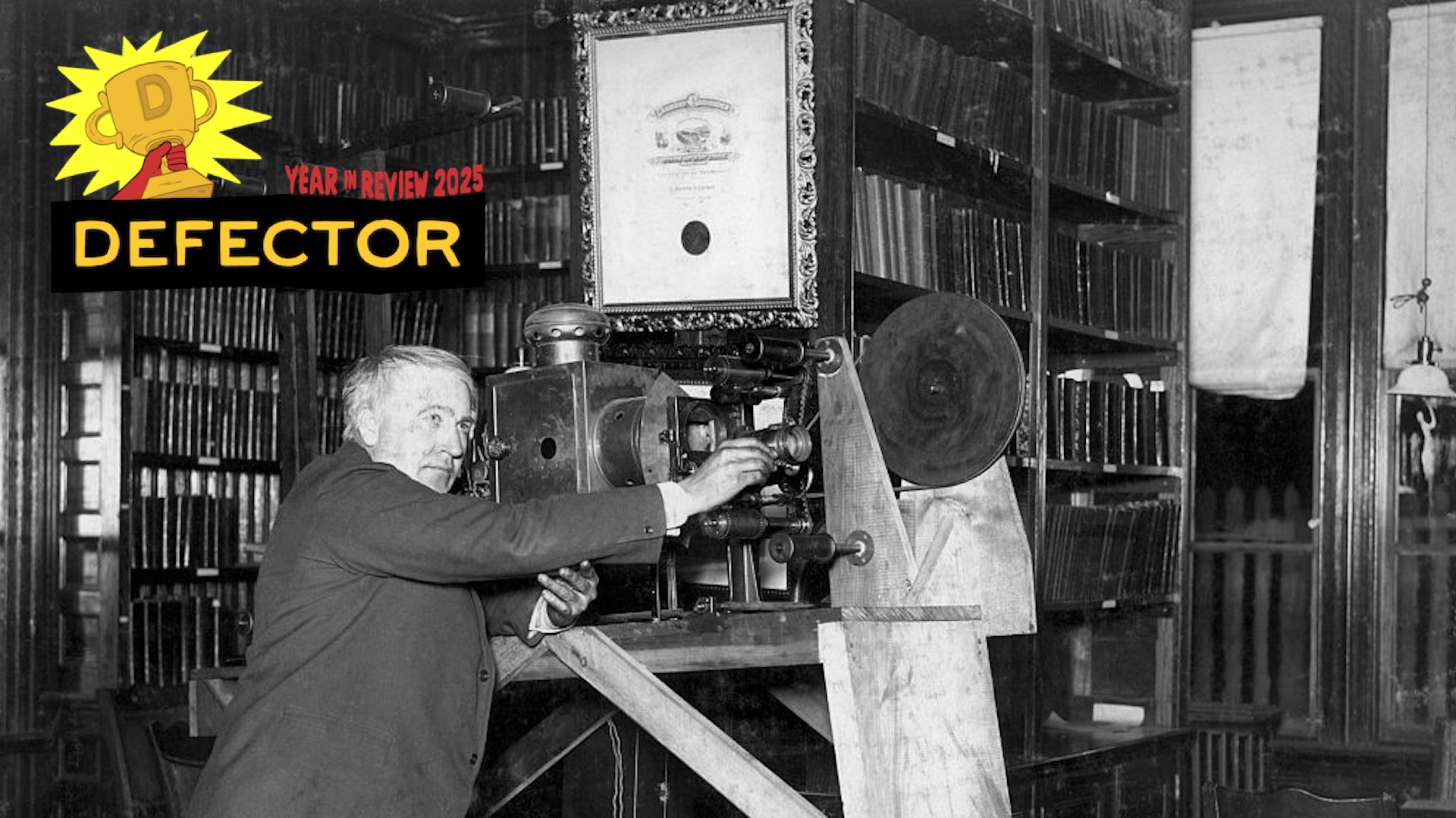On Thursday night, right before a long summer holiday weekend, the New York Times published a triple-bylined bombshell: 16 years ago, in an application form for a college that ultimately did not accept him, New York City Democratic nominee Zohran Mamdani checked the boxes for both "Asian" and "African-American." Since the widespread negative reaction toward that article, the newspaper has scrambled to revise its original intent.
The scoop itself could not have been possible without a hack of Columbia University's computers, the purpose of this breach being to find any evidence that the school was still using affirmative action in admissions after the Supreme Court's reversal in 2023. Among the data was Mamdani's 2009 application. The Ugandan-born politician explained why he filled it out in that way to the Times:
In an interview on Thursday, Mr. Mamdani, 33, said he did not consider himself either Black or African American, but rather “an American who was born in Africa.” He said his answers on the college application were an attempt to represent his complex background given the limited choices before him, not to gain an upper hand in the admissions process. (He was not accepted at Columbia.)
“Most college applications don’t have a box for Indian-Ugandans, so I checked multiple boxes trying to capture the fullness of my background,” said Mr. Mamdani, a state lawmaker from Queens.
The application allowed students to provide “more specific information where relevant,” and Mr. Mamdani said that he wrote in, “Ugandan.”
“Even though these boxes are constraining, I wanted my college application to reflect who I was,” he added.
Mamdani received no material benefit from doing this, since he attended Bowdoin College. Also, this happened 16 years ago and does not serve as convincing evidence that Mamdani would be a bad mayor. If the Times thought this would be of interest to its audience, it did not read the room properly; the bulk of the article's top comments wondered why it was published. The sourcing for the piece provides a hint as to who exactly would think this is a big deal: Times reporters Benjamin Ryan, Nicholas Fandos, and Dana Rubinstein cut a deal with "an intermediary who goes by the name Crémieux," who gave them this information in exchange for anonymity. It was a pretty limited case of anonymity, since The Guardian reported months ago that "Crémieux" is the pen name of Jordan Lasker, who writes racist shit on Substack.
After publication, the Times article was amended to add the following to the description of Lasker, without including his name: "He provided the data under condition of anonymity, although his identity has been made public elsewhere. He is an academic who opposes affirmative action and writes often about I.Q. and race." That's one way to put it. Here's a sample of what he wrote in June about the Columbia hack: "Consider the Ivies. If we admitted just the most qualified students, it is impossible for them to admit as many Black students as they have." After the piece was published, Lasker tweeted about how betting markets on the mayoral election hadn't changed, as if it would've meant anything. The Times got worked by a Substack guy who was also a Polymarket guy.
So the article was embarrassingly written and excessively deferential toward its questionable source. Why run it right before the Fourth of July? As Max Tani of Semafor reported this past weekend, the Times didn't want to get beaten to the punch by their competition, which in this case was the conservative agitator and bigot Christopher Rufo. More from Tani:
One person familiar with the editorial process noted that the Times’ senior editors were aligned on whether to publish the piece, which was read and greenlit by multiple top editors before its publication. Others on staff that spoke with Semafor on the condition of anonymity said the reaction to the piece showed why it was important to tackle it.
“The fact that this story engendered all the conversation and debate that it has feels like all the evidence you need that this was a legit line of reporting,” one senior reporter told Semafor.
That's a quote from a loser as well as a coward. Yes, surely you need anonymity to talk about how your colleagues' reporting had merit to it. The standards desk would really get after you for that breach of internal policy.
The closest anyone got to eating shit for this disaster was Times assistant managing editor Patrick Healy. In response to Columbia Journalism Review, he eschewed the specifics and issued the broadest possible view of what journalism means:
"Your question suggests that the ethical issue is based on whether the story was important and newsworthy enough to justify using this material. I would ask, important and newsworthy enough to whom? What is the basis on which these media critics decide whether a story about any particular politician is important? Mr. Mamdani confirmed it and spoke openly and thoughtfully about his experience on a subject that voters had not previously heard from him on." [Healy] added, “What matters most here is whether the information was true and factual—it was, confirmed by Mr. Mamdani; that it was independently confirmed; and that it is relevant to the public.”
It'd be hilarious if he weren't being serious. "Important and newsworthy enough to whom?" Clearly not the newspaper's readers. Healy also had to spend part of his Fourth of July making a Twitter thread to explain why a pointless, widely reviled article was actually good and worthwhile.
The Times thought it had damning information on Mamdani with this scoop assisted by a guy who writes stuff like "National IQs Are Valid." The reporters expected a warmer reception for it. When the opposite happened, the strategy then turned to retroactively shifting the narrative to make Mamdani's quotes seem like the start of a nuanced conversation. The newspaper then had to convey curiosity about its readers' frustrations with the limits of racial categories on a form. It's ass-covering with transparent pants.
The Times opinion department loves the occasional provocation for provocation's sake, but the reportorial side considers itself at a further remove from culture-war concerns, as if it can only just ask questions. Of course, this is bullshit. The paper deliberately picked a side in how it covers young trans people and the medical care they require. Its institutional nearsightedness is how a reporter ends up asking a children's entertainer whether she's received money from Hamas. Everyone knows what you're doing when you float these questions in the first place. When the Times grilled Mamdani over a college application from over a decade ago, those reporters weren't trying to spark a sincere reconsideration of the census. They were trying to get ahead of the racists whose intent was a little more honest.







